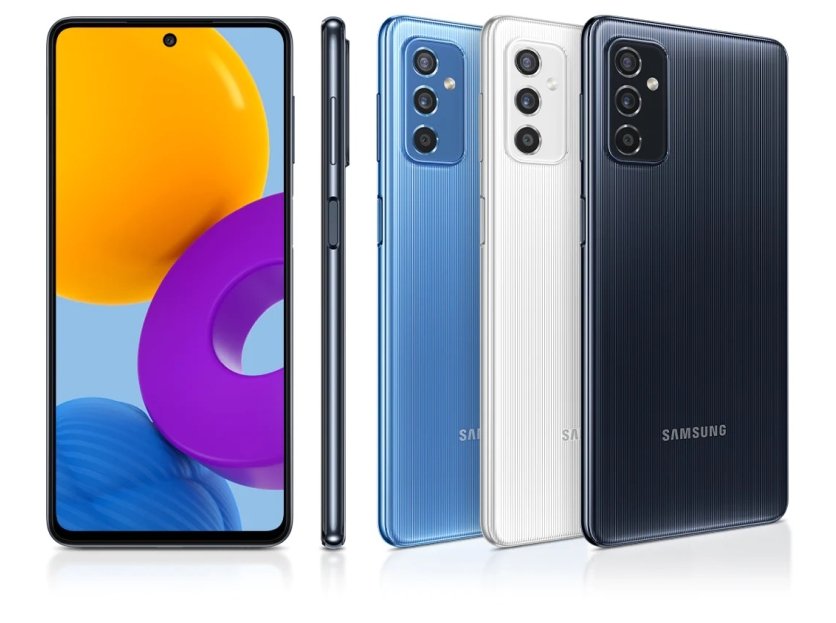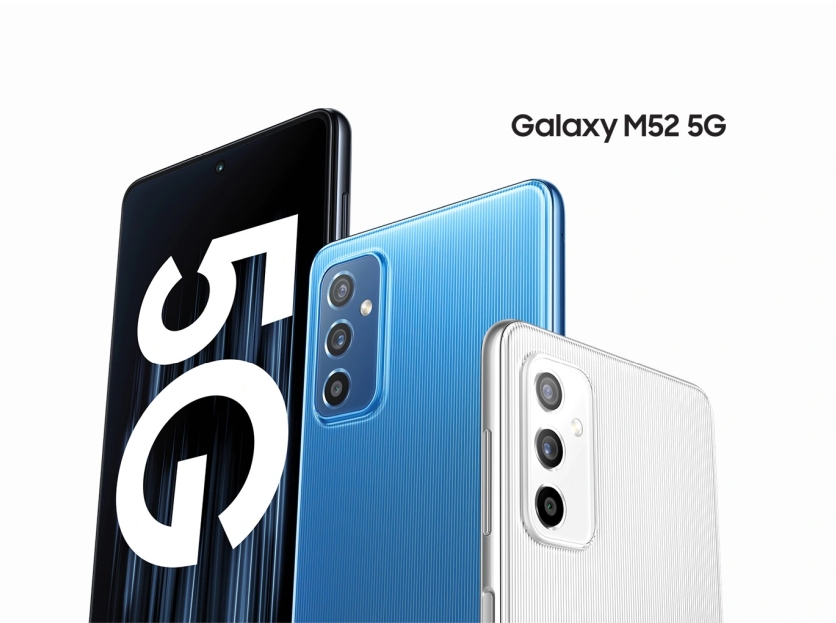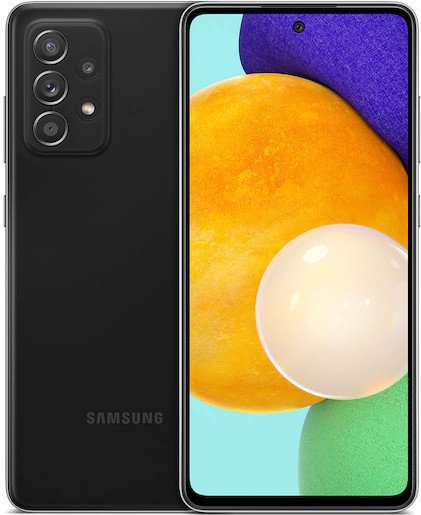Samsung Galaxy M52 5G is here with a Snapdragon 778G SoC, 120Hz display
The phone is set to debut in India next week.
What you need to know- Samsung's Galaxy M52 5G is now official.
- The mid-range phone uses a Snapdragon 778G chipset and a 6.7-inch AMOLED display with a 120Hz refresh rate.
- It is expected to go on sale in select markets across Europe from September 28.
Samsung has quietly announced the Galaxy M52 5G, a new mid-range phone that is based on the Galaxy A52s.
According to the landing page for the Galaxy M52 5G on Samsung's official Polish site, first spotted by leaker Roland Quandt, the phone features a 6.7-inch AMOLED display with FHD+ resolution and a 120Hz refresh rate. The centered hole-punch cutout at the top of the display houses an impressive 32MP selfie camera.
Samsung's latest mid-ranger appears to have the same 6nm Snapdragon 778G chipset under the hood as the Galaxy A52s, coupled with 6GB of RAM and 128GB of onboard storage. It has a triple-lens camera system on the back, with a 64MP primary sensor, a 12MP ultra-wide lens, and a 5MP macro lens.
The phone also has a large 5,000mAh battery with 25W fast charging, a side-mounted fingerprint sensor, a USB-C port, a microSD card slot, and Dolby Atmos support. Surprisingly, however, the phone doesn't include a 3.5mm headphone jack.
As expected, the Galaxy M52 5G runs Android 11 with Samsung's One UI 3.1 on top. Just like Samsung's best Android phones, the mid-ranger is likely to receive three years of Android OS updates and four years of security updates.
The Galaxy M52 5G is expected to go on sale in Europe starting September 28. It is also slated to make its debut in India on the same day. Unfortunately, there's no word on pricing at this point.
Samsung Galaxy A52 5GSamsung's Galaxy A52 5G is one of the most feature-rich mid-range phones available right now. It has a modern design with a matte finish, a smooth 120Hz AMOLED display, and a capable 64MP main camera. The A52 5G also happens to be one of the few mid-range phones that are guaranteed to receive three major Android OS updates.


